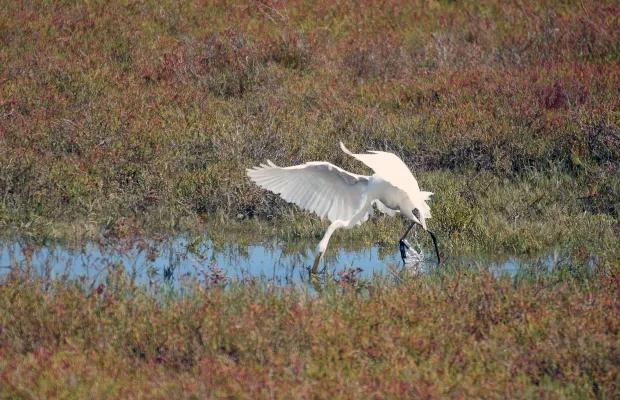510-937-3129
Drag a button, link, or anything else into the icon box to place it below the text. Lorem ipsum dolor sit amet elit.
Nestled within the picturesque environs of San Rafael, California, lies a hidden gem of biodiversity - Marinwood Marsh. This tidal wetland ecosystem presents an intriguing amalgamation of terrestrial and aquatic habitats, making it a veritable hotspot for various forms of life.
The unique geographical location and ecological conditions contribute to this marsh's rich biodiversity, offering an astonishing variety and abundance of flora and fauna that call this coastal wetland home. Spanning across different biomes from open water bodies to reed-filled marshlands, the environment encapsulates an intricate network of life that thrives 'between land and sea'.
The exploration into the ecological wonders of Marinwood Marsh extends beyond appreciating its visual beauty; it's about understanding the intricate balance that sustains this complex ecosystem. It's where saltwater from the Pacific Ocean meets freshwater from inland sources, creating brackish environments teeming with unique species adapted to such conditions.
One finds here a remarkable spectrum of organisms: from microscopic phytoplankton forming the base of food chains to migratory birds taking brief respite during their long voyages. This study aims not only at exploring these facets but also educating readers on their incredible importance within global environmental dynamics - fostering a sense of belonging by inspiring awe at nature's interconnectedness.
Marinwood Marsh, a wetland ecosystem teeming with biodiversity, serves not only as a sanctuary for numerous bird species such as Black Phoebes and Red-winged Blackbirds, but also as a habitat for diverse aquatic life including the endangered California Tiger Salamander.
This ecological hub of San Rafael is characterized by its unique marsh vegetation which thrives in moist, water-logged soils. The flora include salt-tolerant plants such as pickleweed and cordgrass that contribute to stabilizing the soil structure and reducing erosion in this sensitive environment.
Alongside these plant species live an array of insects like damselflies and dragonflies that play crucial roles in maintaining ecosystem balance by serving as both predators and prey.
The undergrowth of Marinwood Marsh provides shelter to various small mammals while the body of water itself is home to fish species like the Three-spined Stickleback.
The marsh's location along the Pacific flyway makes it a vital stopover site for migratory birds, offering them food supplies and nesting grounds during their exhausting journey across continents.
It is thus no surprise that Marinwood Marsh has become an appealing destination for nature enthusiasts who wish to immerse themselves in this thriving natural environment.
Far from being just a static landscape feature, Marinwood Marsh portrays an ongoing narrative of interconnectedness where each organism contributes significantly to this vibrant tableau of life.
